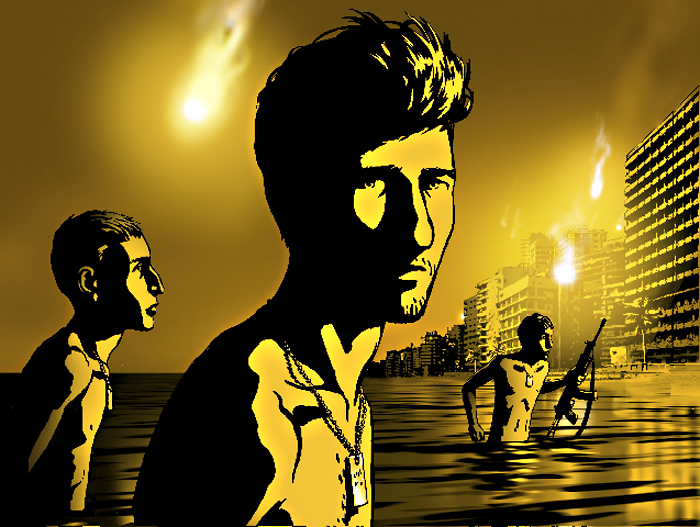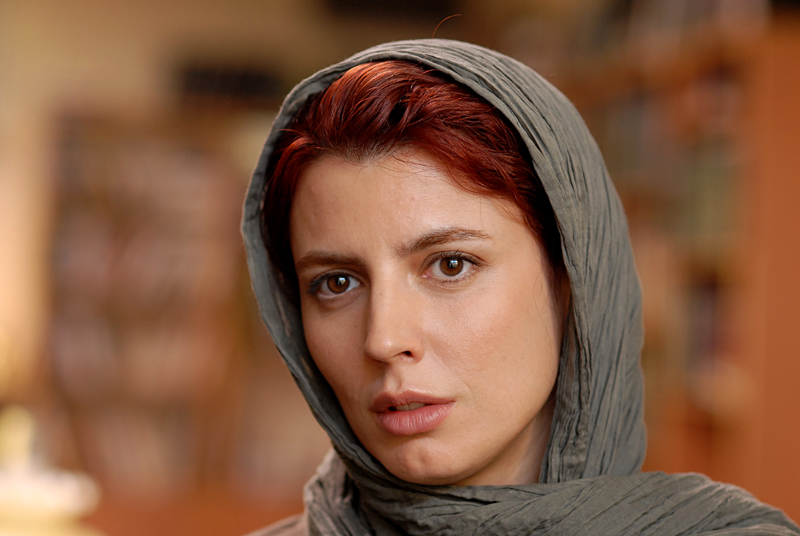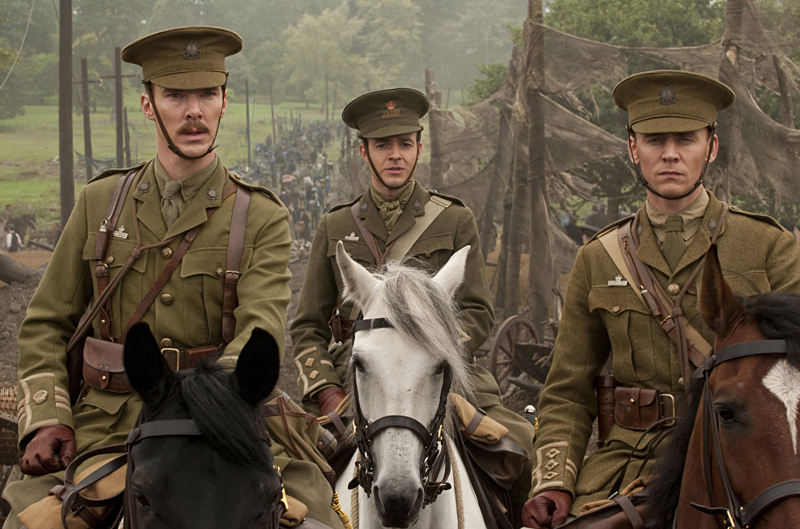Ari Folman’s broodingly original Waltz With Bashir is a documentary that seems only possible, not to mention bearable, as an animated feature. A grim, deeply personal phantasmagoria centered around the 1982 invasion of Lebanon, Waltz With Bashir is an illustrated oral history based on a series of interviews that Folman conducted with former comrades, mixing dreams with their incomplete or conflicting recollections. The film opens with a pack of slavering dogs rampaging through nocturnal Tel Aviv—the dramatization of a recurring nightmare experienced by one of Folman’s friends. One dream triggers another: Folman, who claims to have forgotten everything about his wartime experiences, has his sleep disturbed by a vision of soldiers drifting zombielike out of the ocean onto Beirut’s posh hotel strip. That which has been repressed returns with startling ferocity. Abetted by Max Richter’s ominous martial score, Waltz With Bashir matches a grim sense of estrangement with a distinctively alienated look. The thick-lined, near-monochromatic animation is frequently bathed in an eerie yellow light, with splashes of color signifying the heightened reality of advertising signs or corporate logos. Waltz With Bashir takes ambivalence as a formal principle. Lebanon 1982 not only merges with present-day Israel but also with an earlier generation’s memories of World War II. In its final convulsive minutes, Waltz With Bashir abruptly goes to graphic news footage—breaking the subjective spell with the full, awful weight of TV images that constitute collective memory.
Pick Waltz With Bashir: The Oscar-Nominated War Cartoon








